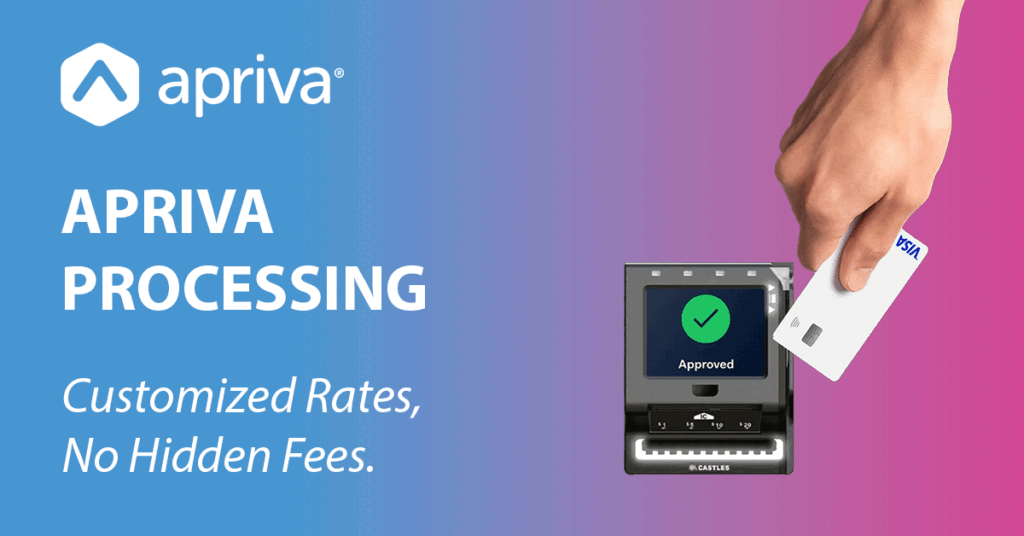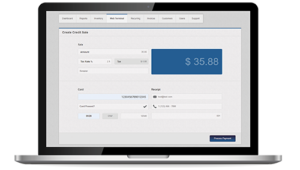The effectiveness of your integrated payments solution relies on more than good coding. During our experience guiding independent software vendors (ISVs) through the process of integrating mobile payment SDKs, APIs, and web services, the AIS team has identified several strategies that help set up your solution for success. Spending a little time implementing these strategies today will lead to a big advantage in the future.
After establishing strong strategic provider partnerships and choosing the right payments acceptance mix, it’s time to set up a merchant account. This is a financial account between your client and an ISO or acquiring bank (also known as an “acquirer”). This arrangement enables the merchant to accept payments from customers, then deposit those payments into the merchant’s bank account.
Merchant accounts come in many shapes and sizes. Because of the wide range of prices and the fact that the account is a contractual relationship, it is important to not only ensure your clients establish the right account for their needs, but also avoid overpaying for services.
Questions to Consider When Setting Up a Merchant Account
As you’re helping your merchant clients through the integration process, encourage them to think through the following questions before speaking with a bank about merchant accounts.
- What industry does the business operate in (e.g., retail, manufacturing, consulting, etc.), and what products or services does the company sell?
- What is the average transaction amount?
- What is the payment timeframe (e.g., payment in full, multiple payments, etc.), and how often does the merchant need to provide refunds?
- What types of fees does the merchant’s payment processor charge, and what amount?
- What is more important to the merchant: simplicity and convenience, or low pricing?
Merchant Account Words of Wisdom from Apriva’s Integration Specialists
Here are a few tips from our Integration Specialists to help guide you and your clients through the process of selecting the right merchant account for their needs.
- Choose the right payments acceptance mix before researching merchant accounts so your clients only pay for the features and functionality they need.
- Start with your own bank since you have already established trust and may be able to save time and money by opening an account there. However, don’t be afraid to shop around and compare rates and product offerings.
- Keep in mind that the cheapest rate is not always the best rate. Look at the bigger picture of what the bank can offer, and consider the value of their expertise, relationship, and flexibility.
For more integration advice and technical support, read other tips on our blog or log in to your account and visit the “Support” section.” If you do not have an account, sign up here.





